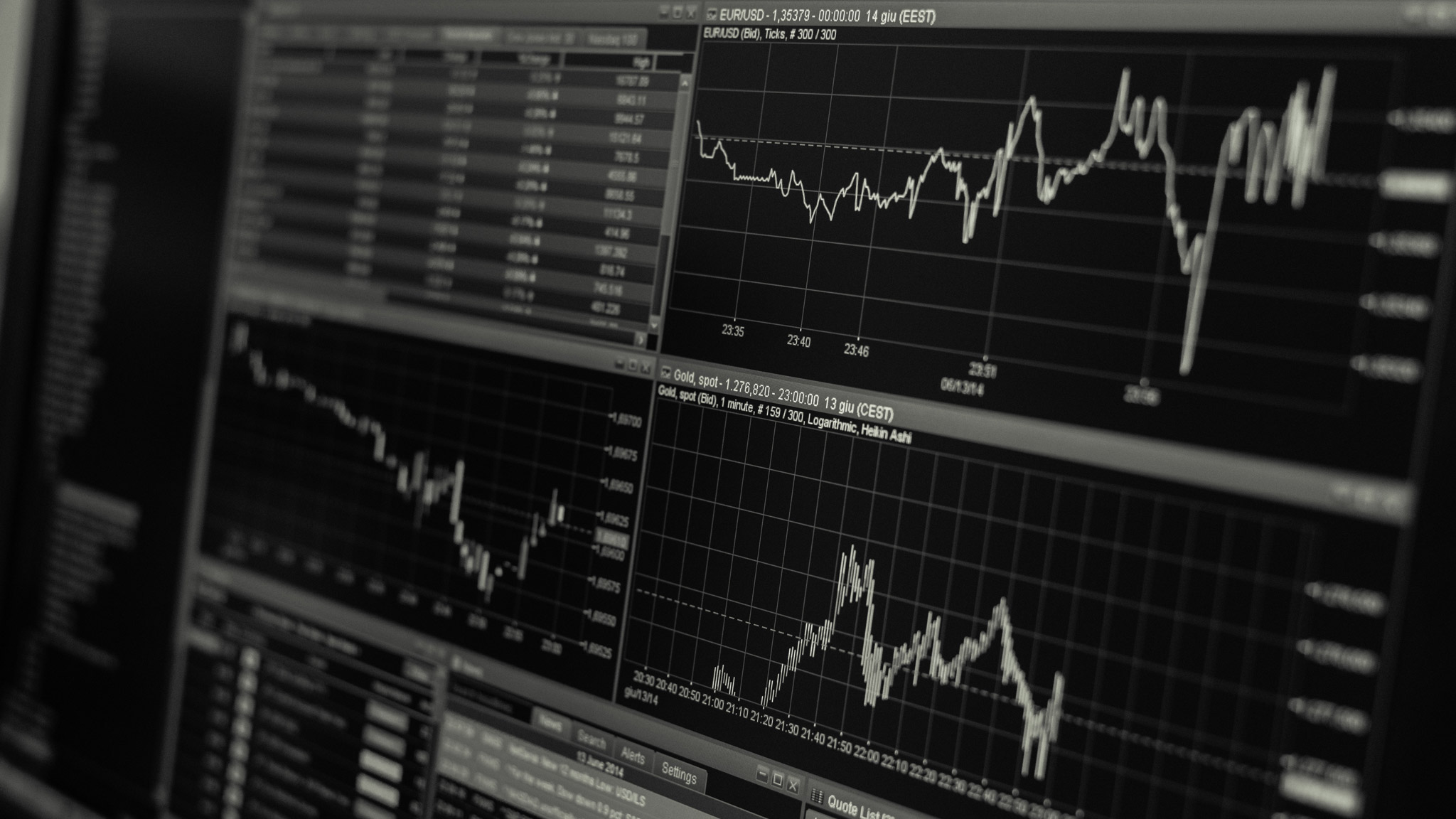Want to learn more about utilizing effective E-commerce conversion rates? If so, you’re in luck. We’re going to be taking a look at some examples of effective E-commerce conversion rates and how you can benefit from implementing them within your own business schemes.
What is a Conversion Rate
Before we go into the analytics surrounding website conversion rates, it’s important to understand what conversion rates are and how they can impact your business.
A website’s conversion rate illustrates how a brand is able to use its online presence to transform traffic into dollar figures for their business. When a conversion rate isn’t high, it means that a business may be losing out on essential leads and prospective customers.
Conversion is a key element in your search strategy. If you are not turning the lookers into buyers at a profitable rate, your advertising may be to blame.
This can be a difficult situation for marketers because it entails that an e-commerce site simply isn’t performing as well as it should. However, a low conversion rate can easily be fixed, and the solution can be simple to uncover.
Conversion Rates on E-Commerce Sites
Let’s start with a refresher on conversion rates as it pertains to E-Commerce websites. A conversion is any desired action that a visitor takes when visiting your website.
Examples include signing up for a newsletter, downloading information guides, or buying a product or service.
The conversion rate is the percentage of visitors who perform one of these many actions. For e-commerce sites, the most accurate conversions usually involve signing up for a new account, putting items into your cart, adding items to your wishlist, and authorizing a transaction.
The conversion rate is very resourceful because it will let you know how successful your website is at guiding visitors in and out of the sales funnel.
A high conversion rate is an indicator that your website is effectively convincing visitors to become leads or customers, while a low rate indicates that there are things that need to be fine-tuned in order to perform better.
When you have mastered the art of conversion rates, the practice of fine-tuning a website to garner the highest amount of leads or purchase transactions is known as conversion rate optimization.
Conversion Rates in Different Sectors
Conversion rates on e-commerce sites can vary widely across many different sectors. This is due to the nature of this booming industry, the re-establishment of purchase requirements, and the merit of transactions.
Low conversion rates: Home Furnishings (0.4) and Home & Garden (0.6)

When consumers make decisions about products for their home, they tend to spend a substantial amount of time researching and comparing products from different sellers. This is common when purchasing high ticket items.
Research shows that people are more likely to buy from brick and mortar stores when shopping for home and garden products. Consumers also tend to like to see what they are going to buy before making a commitment.
Low conversion rates: Travel (0.7) and Tourist Destinations (0.7)
Travel and tourism website conversion rates are low due to consumer behavior within the industry. In the sector, extensive research is typical. It’s very rare that a consumer will make a booking on their first visit to a travel website.
Most travelers will conduct price comparisons, check offers from a selection of different companies, and reach the final stage of planning without completing the booking process.
If you’ve been discouraged don’t worry, there are sectors that have well-performing conversion rates as well!
Good conversion rates: Personal Finance (2.9) and Finance (2.5)
E-Commerce sites within the finance section are as following: banks, building societies, and insurance providers. Insurance providers in particular usually receive a large number of visits from people who have been referred by price comparison sites.
Good conversion rates: Food and Drink (2.4%) and Food (2.1)
Research shows that 75% of consumers stay with the fits retailer they order from and don’t tend to stray from it. This would explain the high conversion rate for food and drink sites.
Another factor to take into account is the current pandemic. People are more likely to order take out food online to avoid any contact with the virus. This is a great thing for the industry and consumers.
Unlike high-ticket items that have a long lifespan such as furniture, food, and drink decisions are a low financial risk which makes it more desirable for the buyer.
So now that you know the average conversion rate across different sections let’s talk about how to improve them.
Improving Conversion Rates for E-commerce
One of the most important aspects of improving conversion rates is optimizing your eCommerce site to prompt desired actions from visitors. There are several ways to go about doing this.
You should take a second look and make sure you are tailoring your site to your ideal customer. This may seem like an obvious step. However, your lower conversion rate could be explained by a lack of website appeal. You always want to keep your target audience in mind when designing your website.
Here are a few questions to ask yourself:
- Is your website easy to navigate?
- Does it have a visual appeal and wow factor to catch your audience’s eyes?
- Is the checkout process simple and straightforward?
Sometimes simple tweaks to your website can make a huge impact on your site’s ability to convert visitors into loyal customers.
You could also create a virtual showroom if you have the resources. If you are selling physical products, a few low-quality photos aren’t going to impress your customers let alone convince them to purchase your product.
You should aim for high-quality images and videos with descriptions that provide persuasive information. A great eCommerce website should always showcase its products professionally. Technology like VR and 360 video can be useful here.
Don’t get discouraged by all the steps, with a few small changes your e-commerce site can rapidly improve its performance.


Freddie
Wow, fantastic weblog structure! How long have you
been running a blog for? you made running a blog look easy.
The full glance of your web site is wonderful, as well as the content!
You can see similar here najlepszy sklep
Kara
Hey there! Do you know if they make any plugins to assist with SEO?
I’m trying to get my website to rank for some targeted keywords but I’m not seeing very good success.
If you know of any please share. Kudos! I saw similar art here: GSA List
Christie
Hello there! Do you know if they make any plugins to assist with Search
Engine Optimization? I’m trying to get my site to rank for
some targeted keywords but I’m not seeing very good results.
If you know of any please share. Thanks! You can read similar blog here: Best escape rooms
Teddy
I will right away grab your rss as I can not in finding your e-mail subscription link or newsletter service. Do you have any? Kindly let me recognise so that I may just subscribe. Thanks!
youtube to mp3 reddit
Can I simply just say what a comfort to discover someone who actually knows what they are talking about on the internet. You certainly understand how to bring a problem to light and make it important. A lot more people have to look at this and understand this side of the story. It’s surprising you are not more popular because you certainly have the gift.
Cost-effective cooling solutions
Hi there. Very nice blog!! Man .. Excellent .. Amazing .. I’ll bookmark your website and take the feeds additionally…I am glad to locate numerous useful info right here within the post. Thanks for sharing…
odys global
This site was… how do you say it? Relevant!! Finally I have found something which helped me. Appreciate it.
Pollyt
This article had me laughing and learning! For those interested, check out: DISCOVER HERE. What’s your take?
햇살론 대출
This discussion is long overdue—thanks for starting it.무직자 대출 쉬운곳
버팀목 대출
Your post is a valuable addition to the discussion.리드코프 무직자 대출
검색엔진최적화 업체
Your perspective adds depth to the conversation.Google Genius
robotics for kids
Your style is very unique compared to other folks I have read stuff from. I appreciate you for posting when you have the opportunity, Guess I’ll just bookmark this page.
Universities in East Africa
I couldn’t resist commenting. Well written!
psychic reading near me open now
I need to to thank you for this excellent read!! I definitely loved every little bit of it. I’ve got you book-marked to look at new things you post…
Artificial Intelligence for Children
After looking into a handful of the articles on your website, I truly like your technique of writing a blog. I added it to my bookmark website list and will be checking back soon. Please check out my website too and tell me your opinion.
Artificial Intelligence for kids
An impressive share! I have just forwarded this onto a colleague who was doing a little research on this. And he in fact ordered me lunch because I found it for him… lol. So let me reword this…. Thank YOU for the meal!! But yeah, thanks for spending some time to discuss this issue here on your blog.
hishypesports
Saved as a favorite, I like your blog!
Kissimmee
Hi, I do believe this is a great blog. I stumbledupon it 😉 I am going to come back yet again since i have book marked it. Money and freedom is the greatest way to change, may you be rich and continue to help other people.
kontol besar
This is the right web site for everyone who hopes to find out about this topic. You realize a whole lot its almost tough to argue with you (not that I really would want to…HaHa). You certainly put a brand new spin on a subject that’s been written about for years. Wonderful stuff, just excellent.
seo 최적화
I’m going to share this on social media.seo 백링크